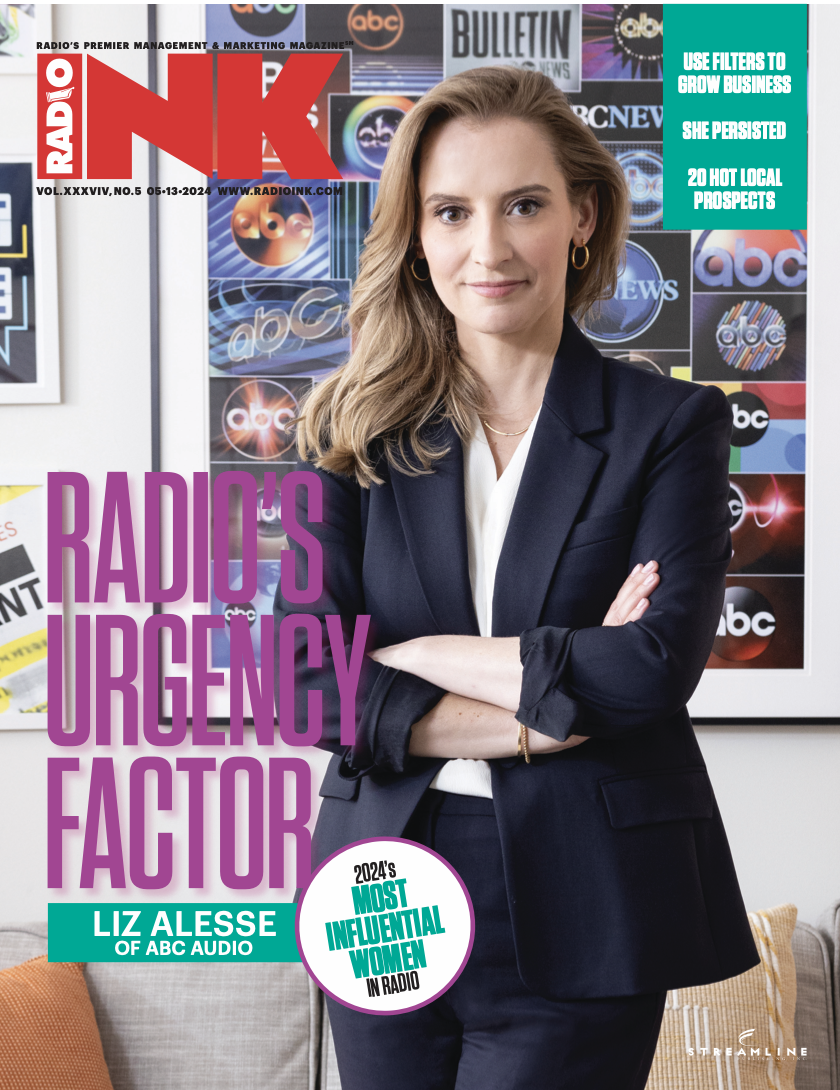
Those of you hoping to own more radio stations so you could compete on a more level playing field with digital will have to wait a little longer. On Thursday, the FCC announced specifics on Chairman Pai’s plan to change the commission’s Media Ownership Rules and the radio caps will stay the same.
The high-end number of radio stations broadcasters can own will remain at eight. Under the current rule, the total number of radio stations that may be commonly owned in a local radio market is tiered, depending on the total number of stations in the market. The example most commonly used is: in markets with 45 or more stations, one company can own no more than eight stations, no more than five of which may be in the same service (AM or FM).
The radio caps issue will next be taken up by the FCC in 2018 when it conducts its quadrennial ownership review, which, by law, has to be done every four years. Currently, the National Association of Broadcasters does not have an official position on the radio caps issue. The organization says it will be working with its board of directors in the coming months to come up with an official position before the 2018 quadrennial ownership review begins. That position should be interesting, and will not be easy, as broadcasters seem to be split on the issue. Most of the larger radio companies appear to be in favor of more deregulation so they can compete with the larger media companies and unregulated digital players. Many smaller broadcasters believe consolidation is killing radio, its localism, and is responsible for the industry’s two largest companies being in so much debt.
If you had any interest in going out and buying a newspaper to go with your radio stations you’ll probably be able to do so if the chairman’s plan is approved. He’ll be calling for the elimination of the Newspaper/Broadcast Cross-Ownership Rule next month at the commission’s regular monthly meeting. The current rule prohibits common ownership of a daily print newspaper and a full-power broadcast station (AM, FM, or TV) if the station’s service contour encompasses the newspaper’s community of publication.
Pai is also looking to eliminate the Radio/Television Cross-Ownership Rule. The current rule prohibits one company from owning more than two television stations and one radio station in the same market, unless the market meets certain size criteria. Specifically, if at least 10 independently owned media voices would remain in the market post-merger, an entity may own up to two television stations and four radio stations. If at least 20 independently owned media voices would remain in the market post-merger, an entity may own either: (1) two television stations and six radio stations, or (2) one television station and seven radio stations. In all instances, entities also must comply with the local radio and local television ownership limits.
Chairman Pai has said he wants to “modernize our rules in order to better reflect today’s marketplace and clear a path for more competition, innovation, and investment in the media sector.”






Very nice article. I certainly appreciate this site.
Thanks!
a refresher seems to be needed needed here…
The radio ownership limits are part of federal statute and were last updated by the 1996 Telecom Act.
That means the FCC can’t change ownership limits in regards to how many stations a company can own in a market. Congress must do it.
The NAB no longer has teeth. Common sense tells you that if you want competition you have to limit ownership. Look at the numbers for radio today.
“Look at the numbers for radio today.” I have. Over 92% of the public listen, over 239 million people, more than any other single source. There are no ownership limits on Pandora, Spotify, Apple, YouTube, or Amazon. There is only one satellite radio company. No competition. Yet more people listen to FM.
At a boy!